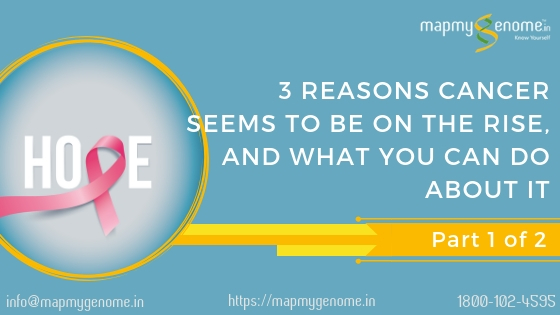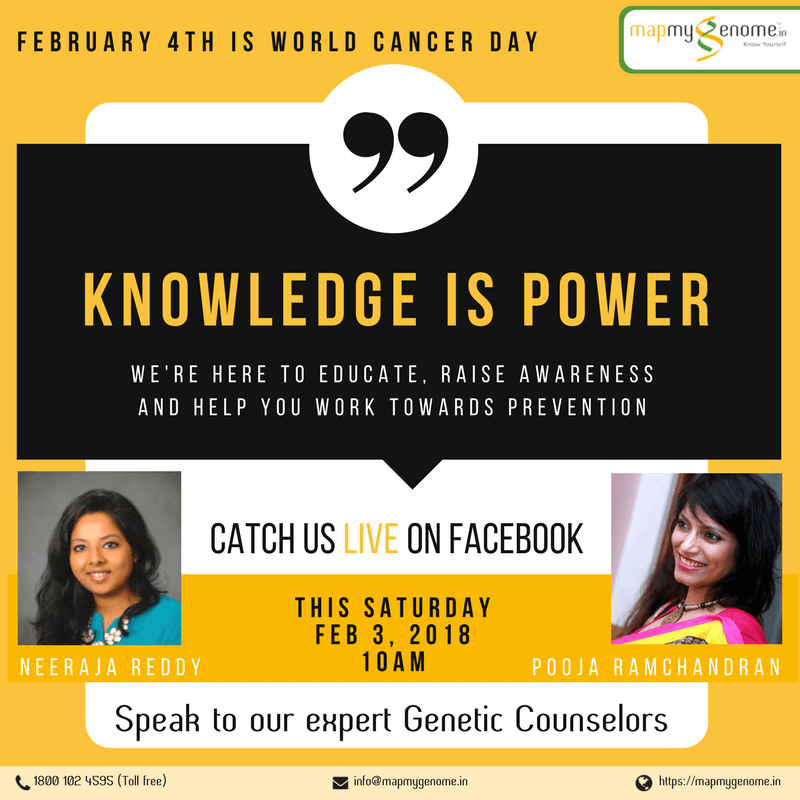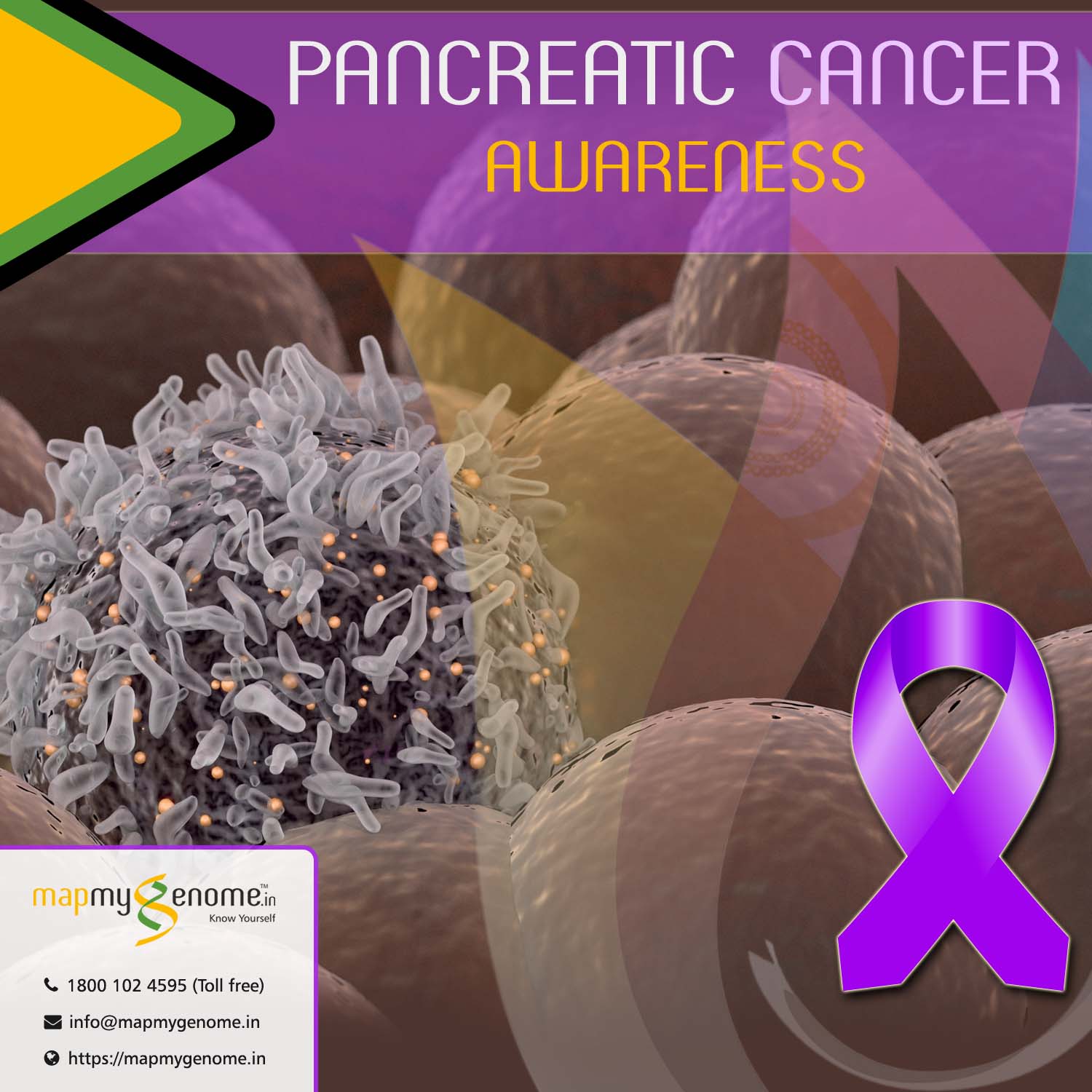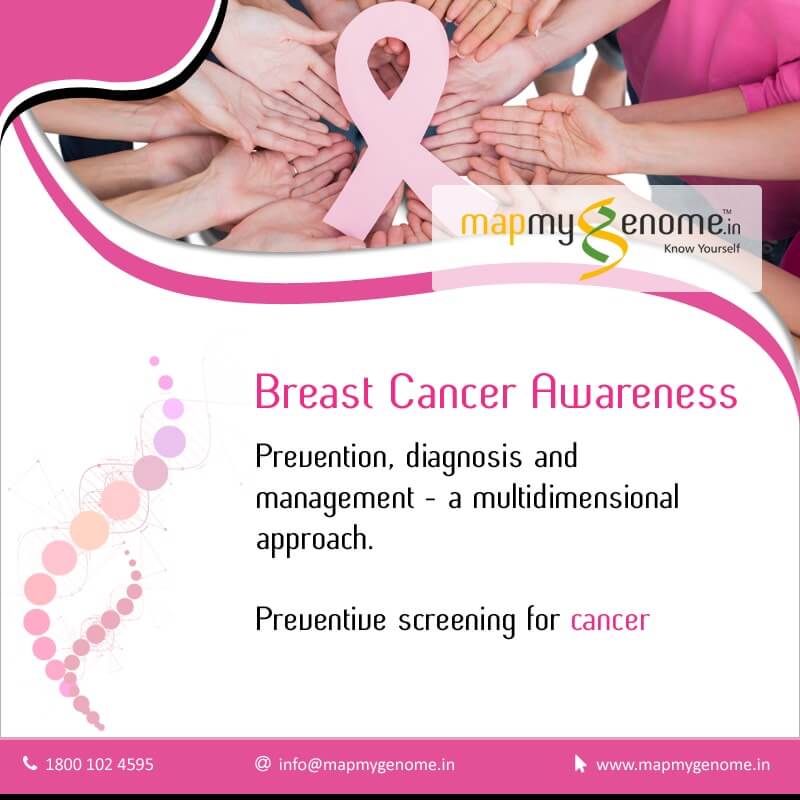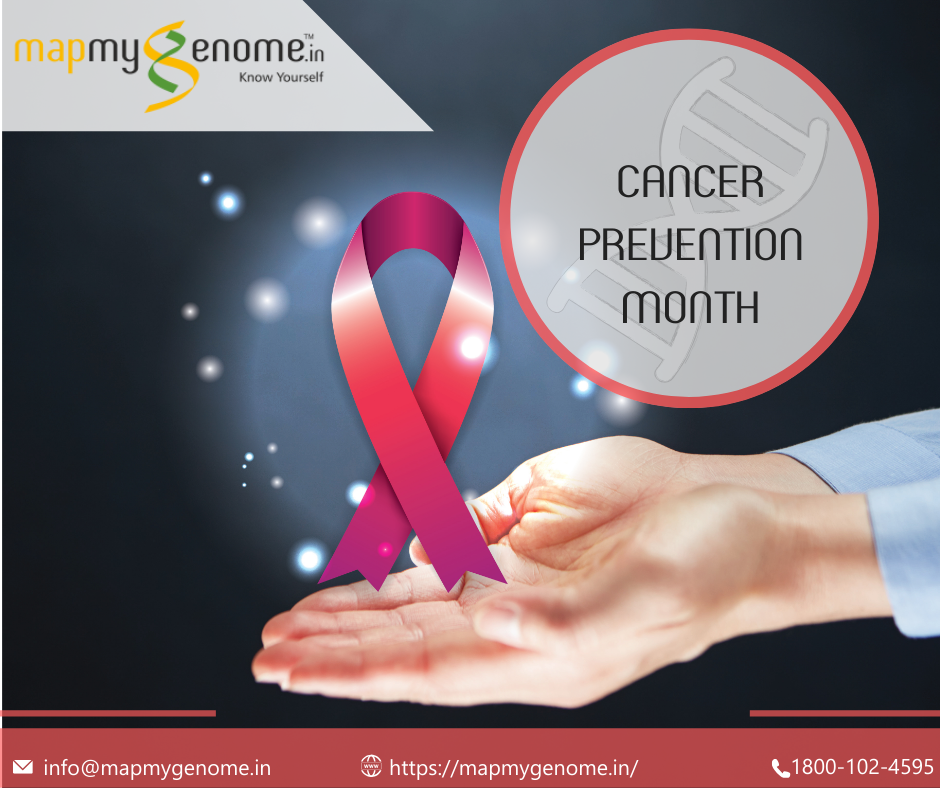
February is indeed the month of love, and also the month of “National Cancer Prevention”. Cancer is a complex disease as it is not just one disease but a constellation of diseases. It can happen in any part of the body, e.g., lungs, breast, colon or the blood; they differ from each by the way they grow and spread.
This year, the 4th of February, was marked as World Cancer Day. But this entire month is dedicated to cancer prevention, raising awareness about the importance of cancer screening.
For individuals with a family history of cancer and also, for those, who do not have any family history, regular cancer screening is always recommended.
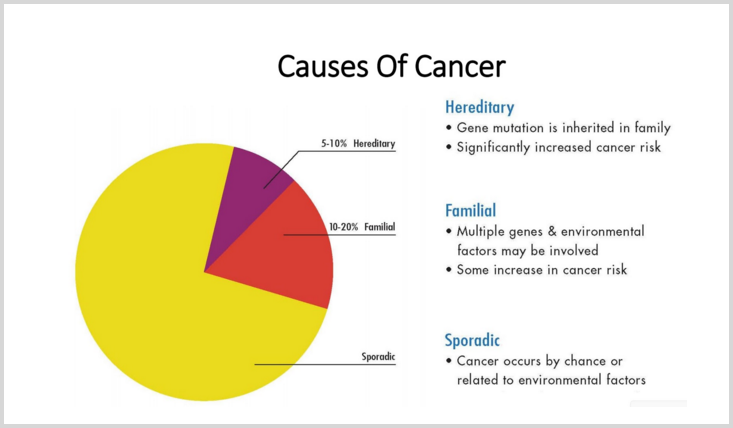
The treatment of cancer is greatly determined by the stage in which it is detected. There are four vital stages of cancer detection; they are:
- First stage: Cancer arises in a particular tissue and forms small masses.
- Second stage: Tumors are found throughout the organ where it originates.
- Third stage: Cancer has invaded nearby lymph nodes.
- Fourth stage: Cancer has invaded other organs or body tissues.
Chances of survival are high when detected in the first stage. The treatment of cancer mainly includes surgery with chemotherapy, radiation therapy, immunotherapy, targeted therapy or hormone therapy.
While the thought of cancer may certainly sound scary to a lot of us, it is important to remember that cancers are multifactorial diseases that are caused by a mix of risk factors that are genetic and environmental (lifestyle, diet, other illnesses, etc.). While we may not be able to change the DNA we have inherited, we do have the ability to take charge of and minimize the risks from the environmental factors.
Understanding your risk can put you in the driver’s seat for actionable steps that you can take to proactively reduce existing risk factors, and anticipate other risk factors that you may be able to reduce in the future.

Cancer prevention revolves around understanding your genetic risks for cancer, followed by regular screening and making lifestyle modifications. According to the World Health Organization, 35%-50% of cancers can be treated and prevention has proven to be one of the best strategies to achieve long term goals. Cancer-causing or carcinogenic elements that top the lists are tobacco, alcohol, sedentary lifestyle, and environmental pollution (which also includes indoor pollution).
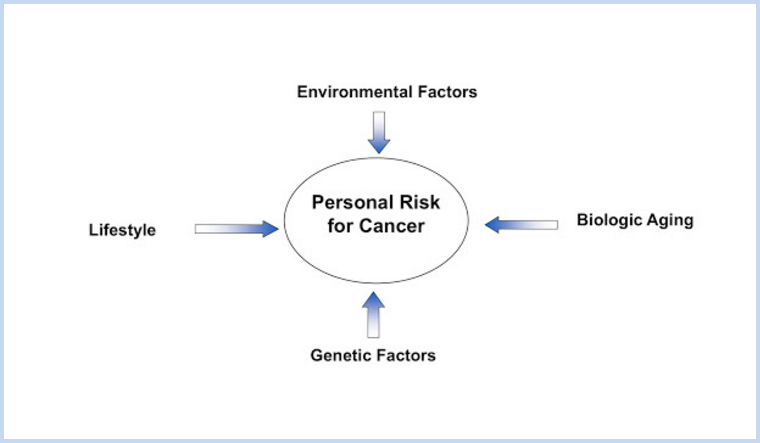
At Mapmygenome, we offer genetic solutions that not only identify genetic risks for cancer but also correlate the risks with health history and provide smart recommendations to monitor and mitigate genetic risks.

